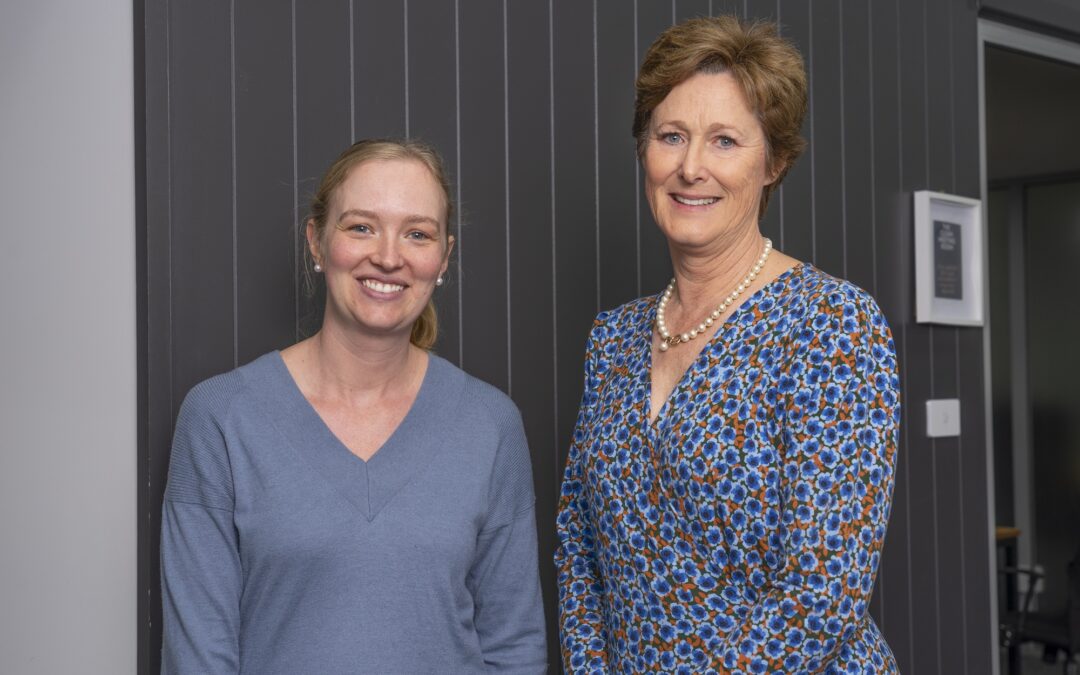By setting goals, planning ahead and being smart with your savings and debt strategies – you can actively grow your wealth even from a modest start.
Setting goals
Financial goals can generally be divided into three broad categories:
- Short-term – A new car or your next holiday
- Medium-term – An extended overseas trip or mortgage deposit
- Long-term – Major home renovations or retirement
It helps to write down what you want to achieve over each of these periods. Defining your goals will give you a clearer direction and help you make savings and investment decisions with confidence. It’s important to set a specific deadline for each goal. This focuses your mind as well as your savings strategy.
To determine your deadlines, you will need to know:
- what your goals are
- what you’ve already saved
- what is a realistic timeframe to reach your goals
Once your goals are clear, the next step is to work out how much you need to save to reach them. This means developing a budget.
How to budget
Most of us have great intentions when it comes to saving, but somehow we never seem to get around to making things happen. Unfortunately, unless you have the discipline to put together the numbers, you’re unlikely to make much headway.
One of the first steps towards reaching any financial goal is to establish a budget. Once your budget is complete, you should have all the information you need to create a savings plan to reach your goals.
Step 1:
Understand your financial position. This involves comparing what you own (your assets) with what you owe (your liabilities or debts). The balance will give you your net worth.
Step 2:
Prepare a budget by writing down your income and expenditure. This will give you a picture of your spending patterns and can help you identify areas where you can cut back your spending and use that money to reduce debt.
Step 3:
Once you have successfully paid off your debts, don’t stop there, consider starting a savings plan. A popular way to do this is setting up a regular automatic transfer with a pre-determined amount. This is often described as ‘paying yourself first’.
General Advice Warning: The advice provided is general advice only as, in preparing it we did not take into account your investment objectives, financial situation or particular needs. Before making an investment decision on the basis of this advice, you should also consider the relevant Product Disclosure Statement before making any decision relating to a financial product.



